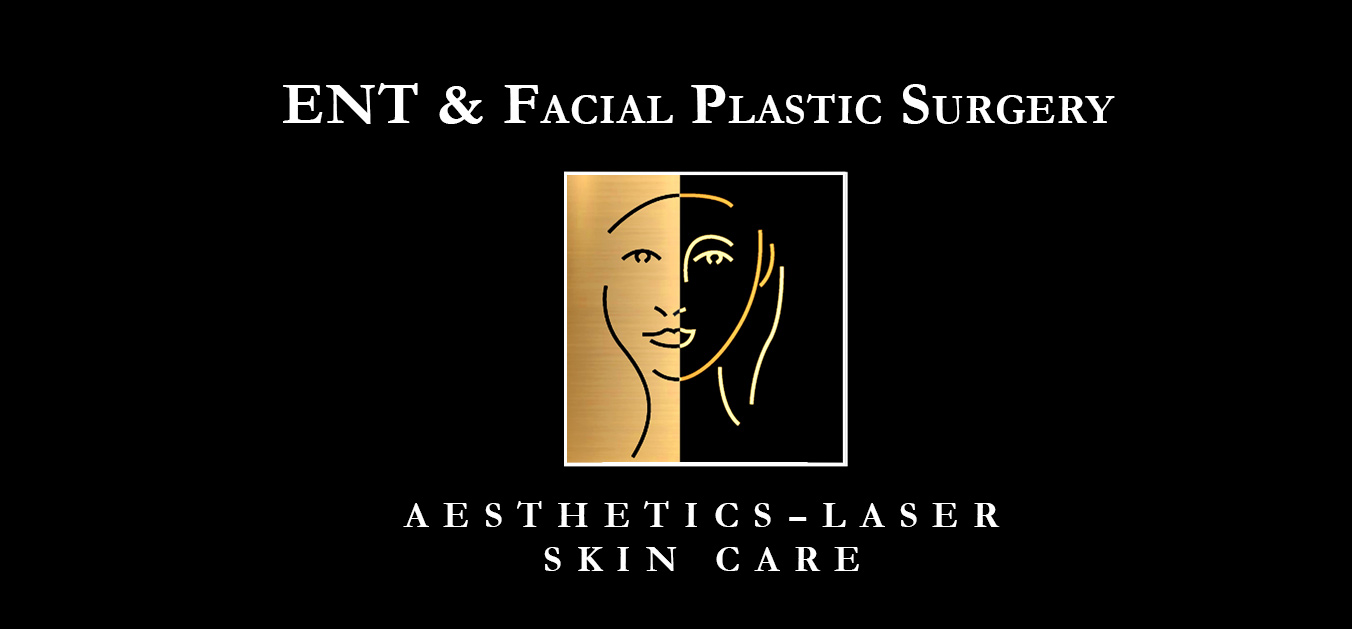Nose and Sinues ENT Services
If you are looking for Ear, Nose and Throat serivces in McLean Virginia, our physicians provide services in the following nose and sinuses related services.
Allergies are an overreaction of the immune system. People who have allergies have a hyper-alert immune system that overreacts to a substance in the environment called an allergen. Exposure to what is normally a harmless substance, such as pollen, causes the immune system to react as if the substance is harmful. For a comprehensive understanding of symptoms of allergies, allergic reactions, allergy counseling and testing in our Mclean Offices, please click here.
Sinusitis is defined as inflammation of the sinus cavities. This is further subdivided into chronological categories: acute, subacute and chronic. Most often sinusitis has a viral or bacterial etiology, however allergic inflammation of the nasal and sinus mucosa is common. Treatment is initially conservative with supportive care and medical management. For recurring or chronic cases of sinusitis, referral to the Otolaryngologist is appropriate. Surgical management of the sinuses using endoscopes may be warranted, but almost exclusively in cases which have failed medical management. Severe complications from sinusitis can occur. These include involvement of the orbit (eye) and meningitis. Such complications should be treated acutely and aggressively with potential surgery as a first-line treatment.
The International Headache Society has defined a “sinus headache” as pain in the forehead region with evidence of sinusitis either on CT, MRI, nasal endoscopy or laboratory data with resolution of the headache after sinusitis treatment. It may be difficult to discern sinus headaches from other types of headache. If there is a question, seeking the care of an Otolaryngologist is appropriate.
Balloon sinuplasty can treat sinus pain and drainage and chronic sinus infections and sinus headaches. Our ENT doctors in McLean, VA are specialized in this procedure which can be done in the office using local anesthisia. Please contact us to see if you are a candidate for Balloon Sinus Dilation procedure.
Nasal polyps are overgrowth of tissue the nose which are inflammatory in origin. These polyps can lead to several symptoms which commonly include nasal congestion, loss of sense of smell, sinus infections, headaches. Unlike polyps in the lower intestine, these do not carry a potential for malignant transformation.
Stuffy nose has a wide range of causes ranging from a common cold or from a nasal mass. As with most ENT conditions, the treatment is based on the underlying cause. Common causes include deviated nasal septum, enlarged nasal turbinates, allergies, rhinitis of pregnancy. A thorough evaluation by an otolaryngologist will help determine this underlying cause. Often times, evaluation will include nasal endsocopy.
Adenoids can be thought of as tonsils in the back of the nose, which is an area of the throat called the nasopharynx. Often the adenoids can become enlarged and disrupt the ability to breathe through the nose. Other times adenoids can harbor recurrent infection. Due to their location, it is a difficult anatomic structure to evaluate and often nasal endoscopy is required.
The nose is the most commonly broken bone in the head. A nasal fracture can affect either the bone or cartilage in the nose. After injury it is important to be examined to rule out a hematoma of the nasal septum, which is a condition which needs to be addressed promptly. Although no imaging is required to diagnose a nasal fracture, a physician may order an x-ray or a CT scan to assess for other possible facial fractures. Nasal fractures may require treatment either within a two week window or several weeks after healing has taken place.
OSA is a syndrome where the body obstructs the upper airway during sleep. Common complaints include increased fatigue, snoring, and restless sleep. If left untreated, OSA can lead to cardiac or pulmonary maladies. In children, obstruction is often caused by enlarged tonsils and/or adenoids and can often be cured with tonsillectomy and/or adenoidectomy. In adults, continuous positive airway pressure is the most common treatment. Surgical options are appropriate to those adults non-compliant with their CPAP machines. Typically, a sleep study will be ordered in adults to arrive at a diagnosis of OSA.
Bleeding from the nasal mucosa is very common due to the rich vascular supply to the internal lining of the nose. Common factors which contribute to nose bleed include dryness, high blood pressure, blood-thinning medications(i.e., aspirin, ibuprofen, naproxen, Coumadin, Plavix, Lovenox, etc.), aging, or trauma. For severe nose bleeds, cautery and/or packing may be required. Furthermore, nasal endoscopy may be performed by an otolaryngologist to search for potential masses, lesions or exposed vessels contributing to the bleeding.
Rhinitis medicamentosa describes the severe rebound nasal congestion after long-term use of topical nasal decongestants. These include Oxymetazoline (Afrin) or Phenylephrine sprays. In many instances, the nose needs to be “weaned” off these sprays with use of other sprays or oral medications.
Fortunately, masses of the nose are relatively uncommon and can either be benign or malignant. It is also possible for benign nasal masses to have the potential for malignant transformation. Bleeding or nasal congestion are the most common symptoms from a nasal mass. Due to the proximity to the brain and sinuses, nasal masses can present as or evolve into severe situations.

